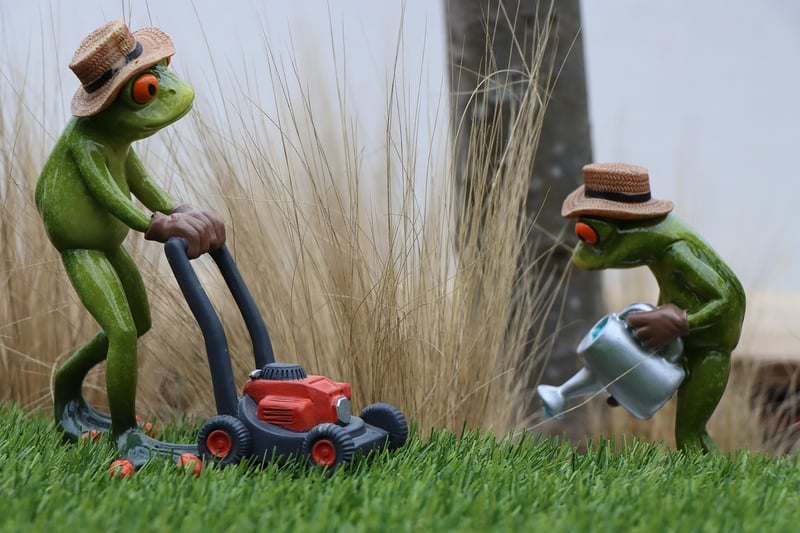Pruning Techniques
Keeping Your Garden Healthy: Essential Pruning Techniques
Welcome to our guide on maintaining a healthy garden through proper pruning techniques. Pruning is a vital aspect of gardening that not only enhances the aesthetics of your plants but also promotes their growth and overall well-being. Let's delve into the essential techniques that will help you keep your garden in top shape.
1. Why Pruning is Important
Pruning is essential for removing dead or diseased branches, shaping plants, improving air circulation, and encouraging new growth. It also helps in preventing the spread of pests and diseases within your garden.
2. Tools You'll Need
- Pruning Shears
- Loppers
- Pruning Saw
- Gloves
- Protective Eyewear
3. Techniques for Pruning
3.1. Deadheading
Deadheading is the process of removing spent flowers from plants to encourage new blooms. This technique redirects the plant's energy from seed production to new growth.
3.2. Thinning
Thinning involves selectively removing branches to improve air circulation and reduce overcrowding. This technique allows light to penetrate the plant canopy and promotes healthy growth.
3.3. Heading Back
Heading back is the practice of cutting back the tips of branches to promote bushier growth. This technique is often used on shrubs and hedges to maintain their shape and density.
4. When to Prune
The timing of pruning depends on the plant species. In general, it is best to prune flowering shrubs right after they bloom, while dormant pruning is recommended for deciduous trees during late winter or early spring.
5. Conclusion
By incorporating these essential pruning techniques into your gardening routine, you can ensure the health and vitality of your plants. Remember to use the right tools, follow proper techniques, and prune at the correct time to maximize the benefits for your garden.
Happy gardening!

